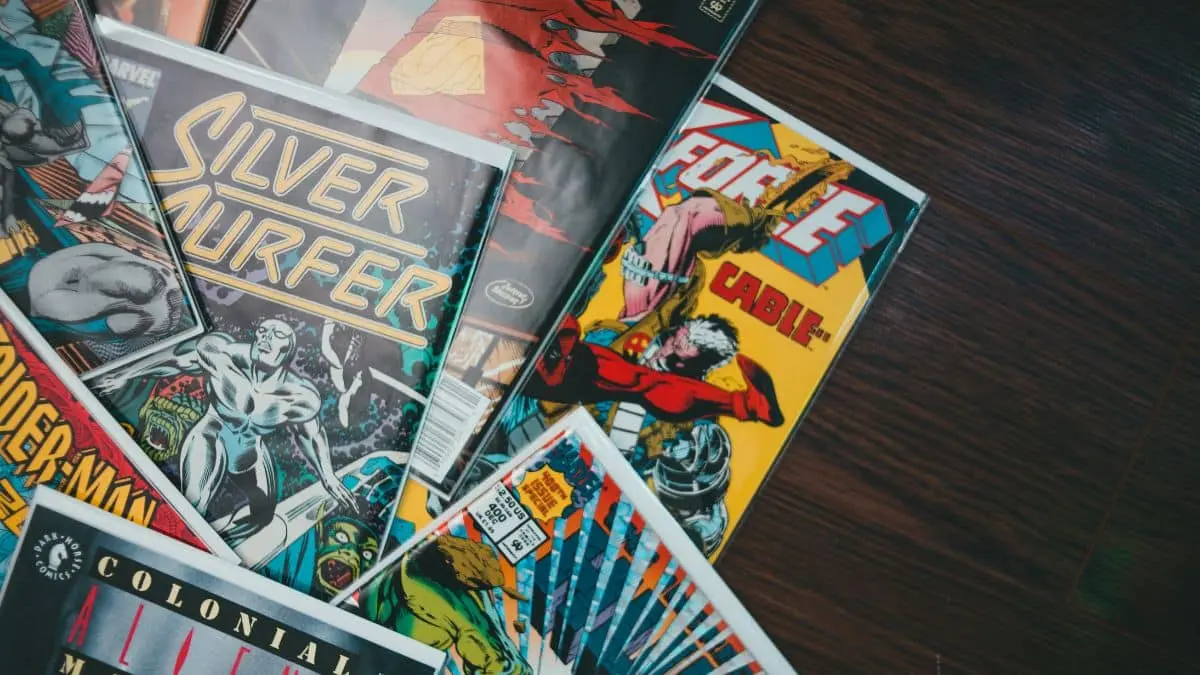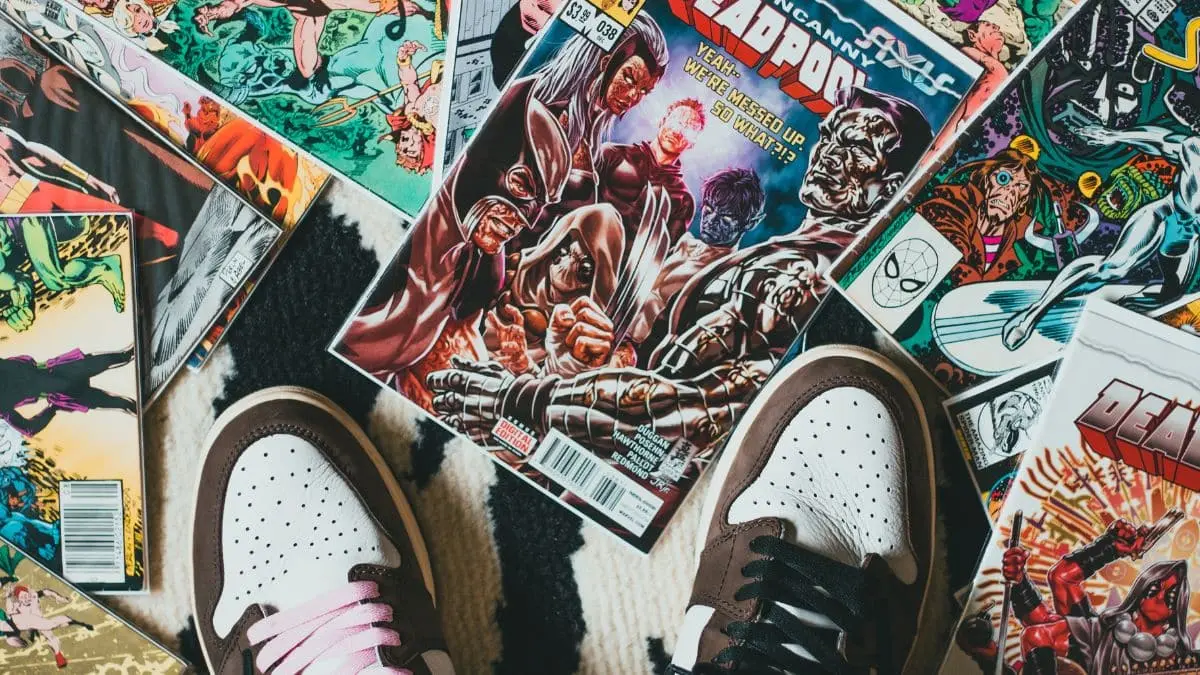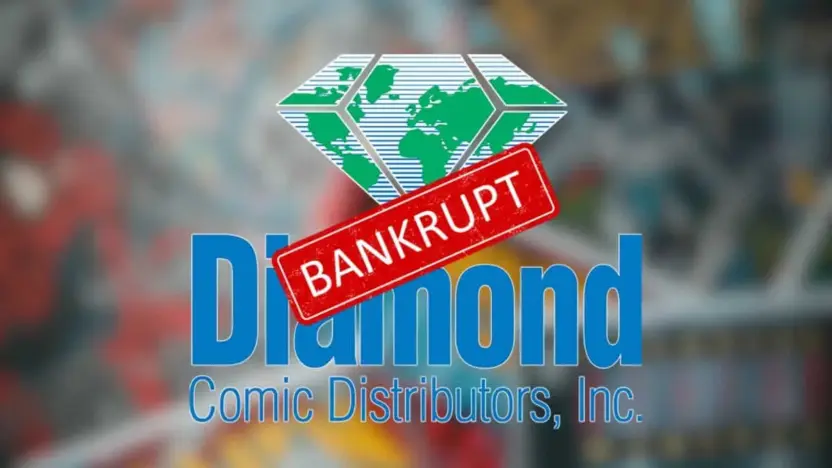Diamond Comic Distributors, once a dominant force in the comics distribution industry, has filed for Chapter 11 bankruptcy as it faces significant financial challenges. The decision marks a pivotal moment in the history of comic book distribution, signaling profound changes for the industry.
Bankruptcy Filing and Business Restructuring
In a letter addressed to comics retailers and publishers, Diamond’s president, Chuck Parker, announced the bankruptcy filing and outlined the company’s plans to restructure its operations. As part of this process, Diamond plans to sell its Alliance Game Distributors division to Universal Distribution. This sale is aimed at preserving Diamond’s core business and maintaining its relevance in a rapidly evolving market.
“This decision was not made lightly,” Parker wrote. “The financial challenges we face have left us with no other viable option. The Diamond leadership team has worked tirelessly to avoid this outcome.”
A Legacy Under Pressure
Founded in 1982 by Stephen A. Geppi, Diamond Comic Distributors has been a cornerstone of the comics industry for decades. The company became a heavyweight through exclusive distribution agreements with major publishers such as DC, Marvel, and Image Comics. Its Previews catalog became a vital tool for retailers in deciding which titles to stock, significantly influencing the success of individual books.
However, Diamond’s dominance has waned in recent years. The company struggled with operational inefficiencies, including missed delivery deadlines, which led many major publishers to seek alternative distribution partners. These challenges culminated in the closure of Diamond’s flagship fulfillment center in Plattsburgh, NY, weeks before the bankruptcy announcement.

The Role of Competition and Economic Challenges
Diamond’s bankruptcy comes at a time when the distribution landscape is more competitive than ever. The pandemic acted as a catalyst for change, forcing publishers to explore new distribution channels. Today, Lunar Distribution and Penguin Random House have emerged as major players, with Lunar distributing titles from DC and Image, while Penguin handles Marvel, Dark Horse, and others.
These new competitors have highlighted Diamond’s vulnerabilities. The company’s decades-long complacency, some argue, has contributed to its current financial struggles. Now, with Diamond in bankruptcy proceedings, the comics distribution model is poised for a potential overhaul.
Implications for Small Publishers and Retailers
While Diamond’s struggles may create opportunities for its competitors, the impact on smaller publishers could be devastating. Diamond’s relatively open submission policy has allowed small presses to distribute their titles to comic shops, giving them a vital foothold in the industry. Without Diamond, many smaller publishers might lose access to this critical distribution network, jeopardizing their ability to reach readers.
Indie publishers such as Band of Bards, Antarctic Press, and Blackbox, which rely heavily on Diamond, could face significant hurdles in finding alternative channels. This shift might also stifle the pipeline for emerging creators, who often debut their work through smaller presses.

The Future of Comics Distribution
The bankruptcy filing underscores the shifting dynamics of the comics industry. Diamond’s reorganization efforts, while aimed at stabilizing the company, may not be enough to ensure its survival. According to industry estimates, only 10% of Chapter 11 reorganizations succeed. If Diamond fails to emerge successfully, the landscape of comics distribution will change dramatically.
Lunar and Penguin Random House may need to adapt to fill the gap left by Diamond’s potential exit. This could open the door for new competitors or force retailers and publishers to rethink how comics reach their audiences.
Also Read: Superman’s Children in Comics and Beyond



